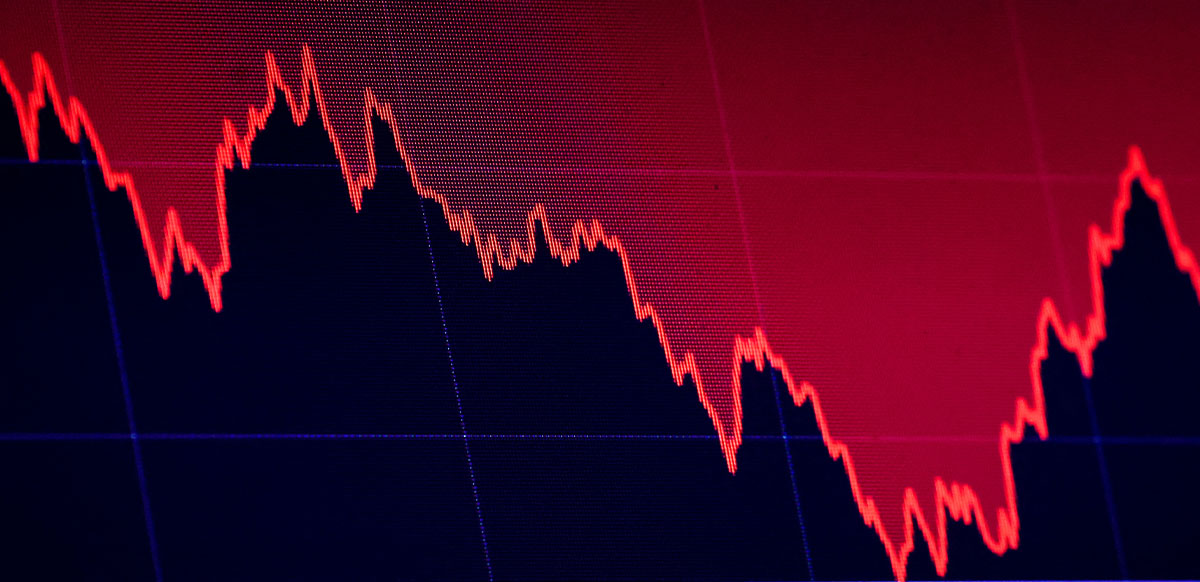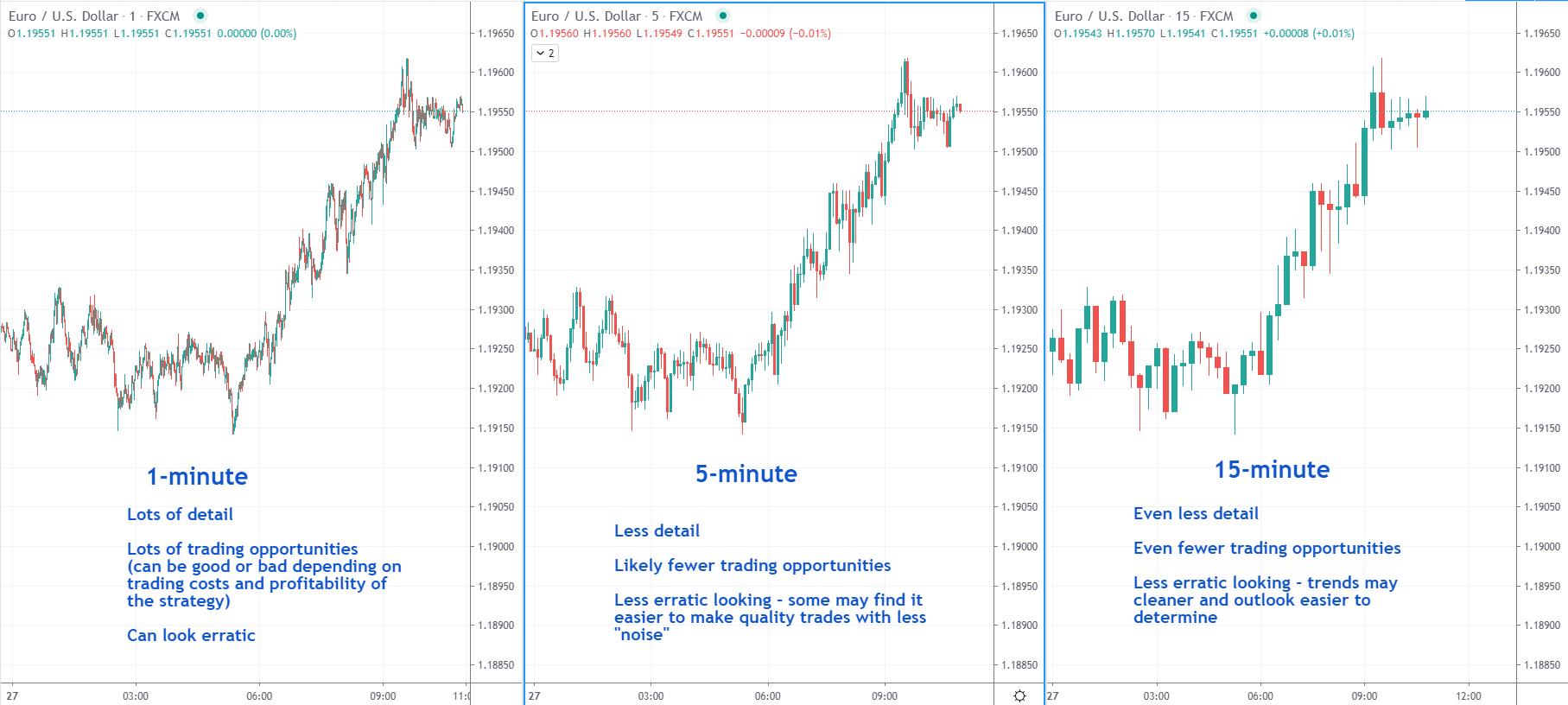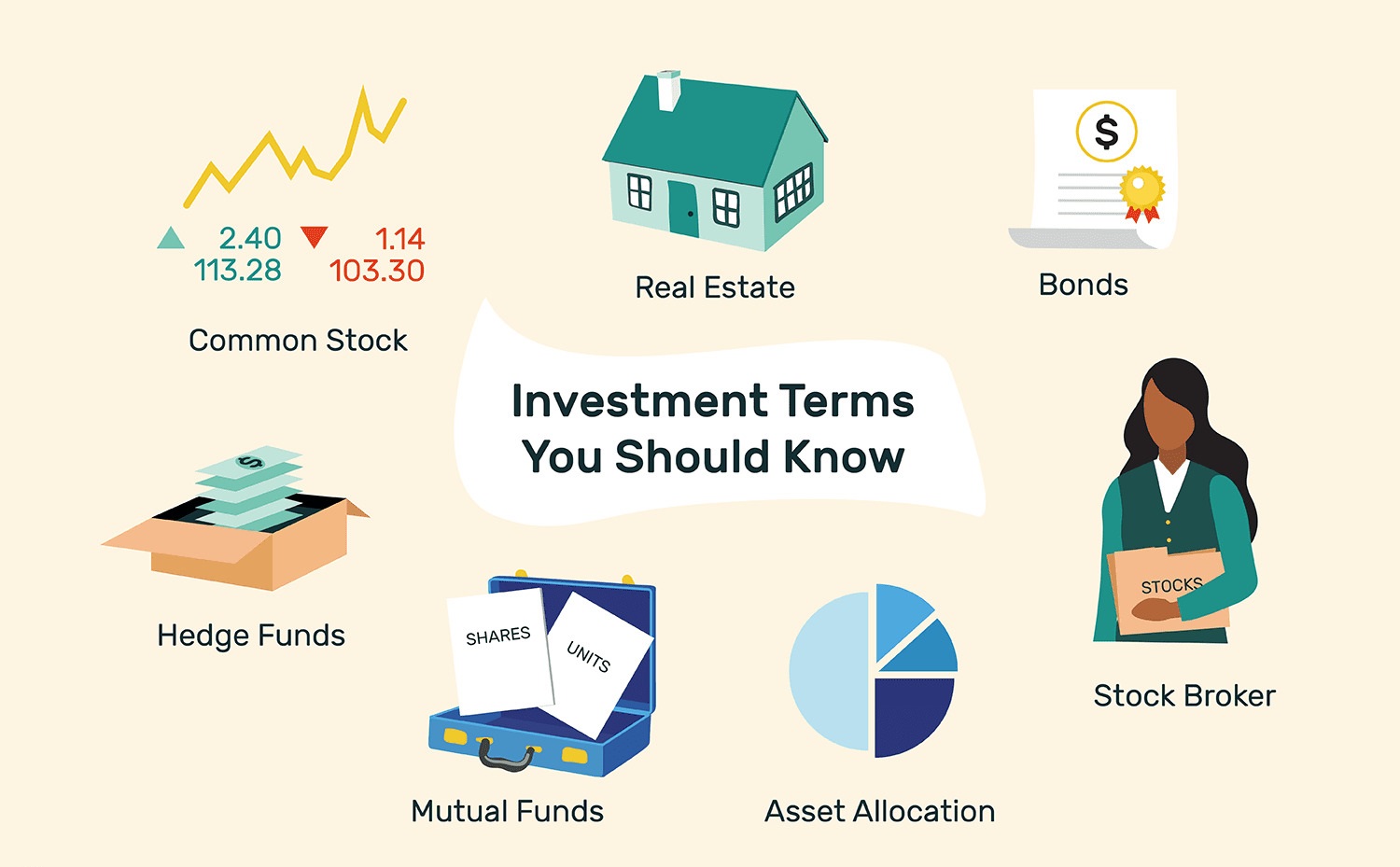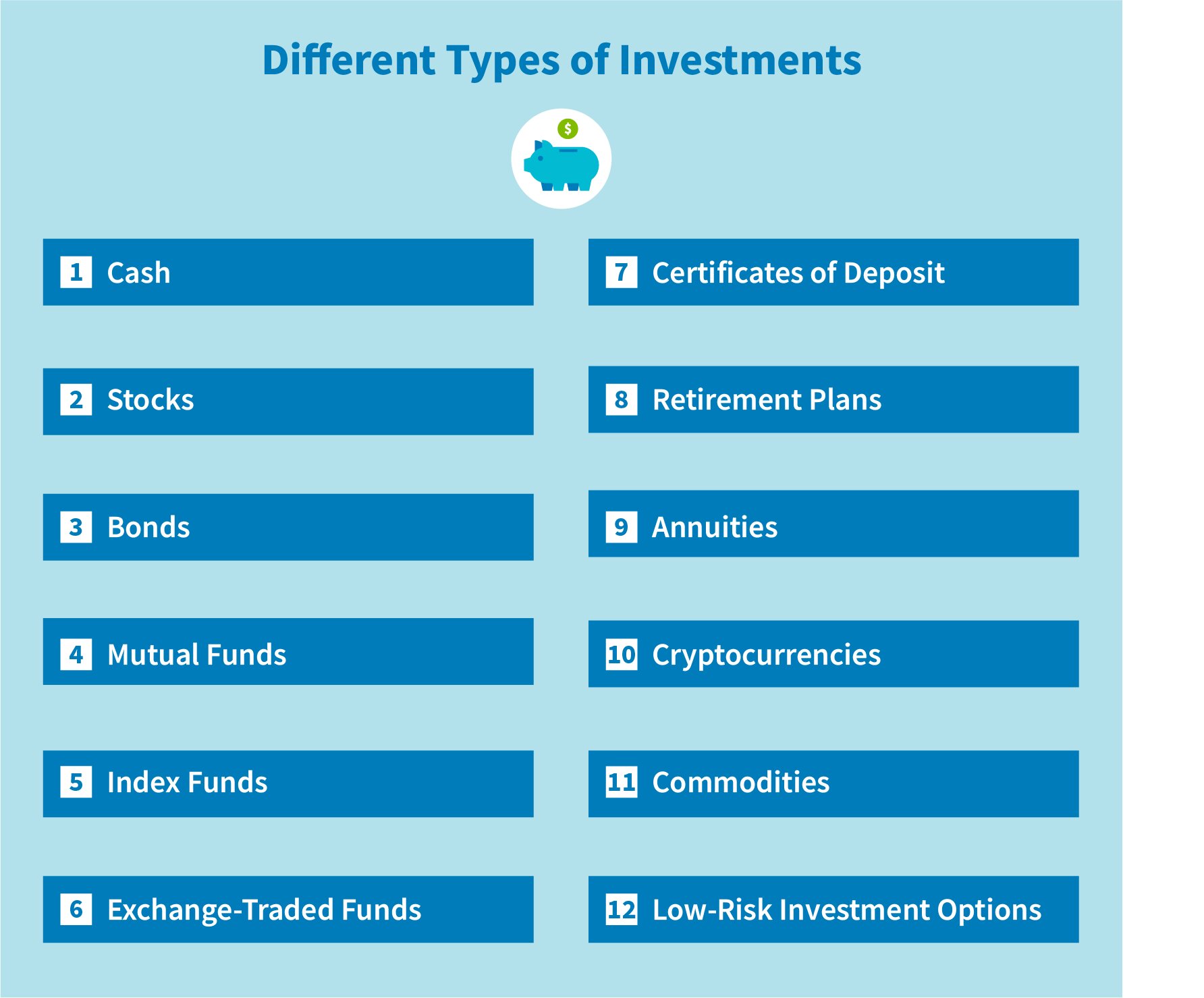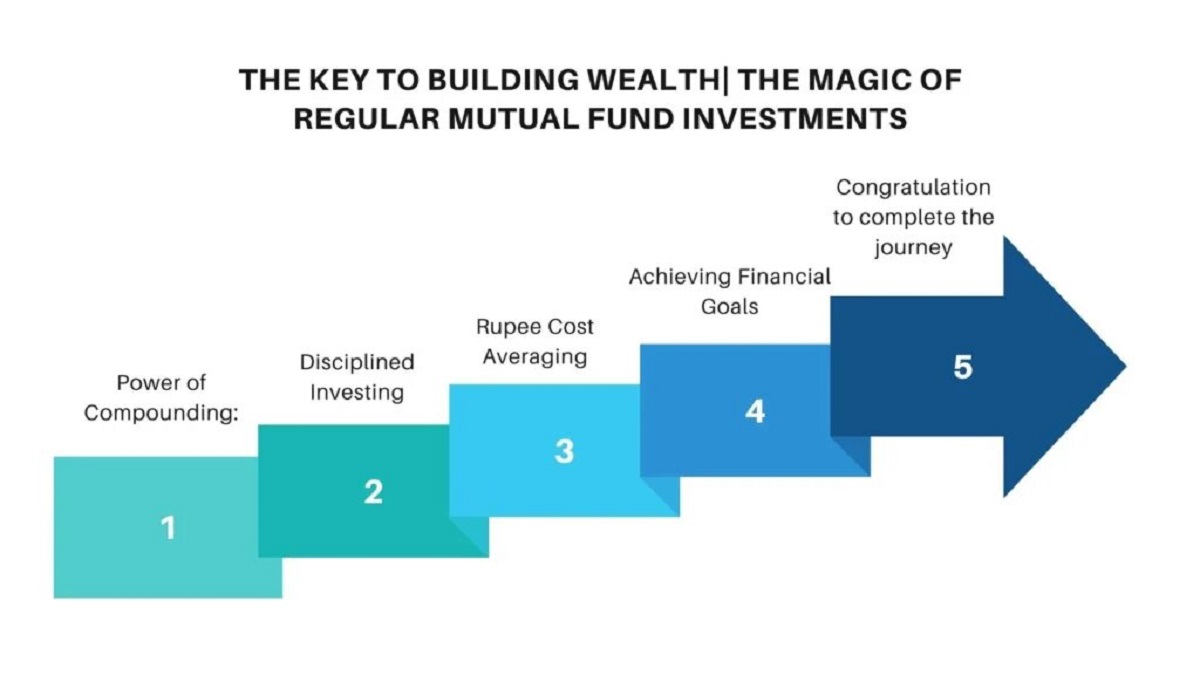Introduction
Bond trading is a key aspect of the global financial markets, playing a crucial role in the borrowing and lending activities of governments, corporations, and institutions. It allows investors to buy and sell debt securities, known as bonds, to generate income and manage risk. Understanding how bond trading works is essential for individuals and organizations looking to diversify their investment portfolios and capitalize on opportunities in the fixed-income market.
When it comes to bond trading, knowledge is power. In this article, we will delve into the basics of bond trading, the market for bonds, key participants, how bond prices are determined, different types of bond trading strategies, as well as the risks and benefits involved in bond trading.
Whether you are a seasoned investor or a newcomer to the financial world, this article will provide valuable insights into bond trading and equip you with the knowledge to navigate this dynamic marketplace.
So, let’s dive in and explore the fascinating world of bond trading!
What is Bond Trading?
Bond trading refers to the buying and selling of debt securities, known as bonds, in the financial markets. Bonds are fixed-income instruments issued by governments, municipalities, corporations, and other entities to raise capital. They are used to finance various projects, such as infrastructure development, expansion plans, or operating expenses.
When individuals or institutions invest in bonds, they are essentially lending money to the issuer in exchange for periodic interest payments and the return of the principal amount at maturity. Bond trading enables investors to buy bonds on the open market or sell their existing holdings to other investors.
The primary objective of bond trading is to generate income and capital appreciation. Investors can earn income through regular interest payments, known as coupon payments, which are typically paid semiannually or annually.
Furthermore, bond trading allows investors to diversify their investment portfolios. Bonds are often considered less risky than stocks because they offer fixed returns and are backed by the issuer’s ability to repay the debt. This makes bonds an attractive option for conservative investors who prioritize capital preservation and a steady stream of income.
Overall, bond trading plays a vital role in facilitating the flow of capital and providing a stable source of financing for governments and corporations. It offers individuals and institutions the opportunity to invest in fixed-income securities, earning interest and potentially benefiting from capital appreciation.
The Basics of Bond Trading
Bond trading involves several key elements that investors should be familiar with. Understanding these basics will help individuals make informed decisions and navigate the bond market effectively.
Bond Pricing: Bonds are initially issued at a specific price, known as the face value or par value. However, the prices of bonds fluctuate in the secondary market, driven by factors such as interest rates, credit ratings, and market demand. Bond prices are quoted as a percentage of the face value, with prices above 100% considered at a premium and prices below 100% at a discount.
Bond Yield: Bond yield is a measure of the return an investor earns on a bond. It is calculated by dividing the annual interest payment by the bond’s current market price. Yield can be influenced by various factors, including changes in interest rates, credit quality, and time to maturity.
Bond Maturity: Bond maturity refers to the length of time until the bond’s principal amount is repaid to the investor. Different bonds have varying maturity dates, ranging from short-term (less than one year) to long-term (over 10 years). Investors should consider their investment goals and time horizon when selecting bonds with different maturities.
Bond Coupon Payments: Coupon payments are the periodic interest payments made by the bond issuer to the bondholder. The coupon rate is predetermined at the time of issuance and is usually expressed as a percentage of the bond’s face value. These payments provide a steady income stream for bond investors.
Bond Trading Platforms: Bond trading can take place through various platforms, including stock exchanges, over-the-counter (OTC) markets, and electronic trading platforms. Different platforms offer different levels of liquidity and accessibility, so investors should choose a platform that aligns with their trading preferences.
Market Liquidity: Liquidity is an essential aspect of bond trading. Highly liquid bonds can be easily bought or sold without significantly impacting the market price. Bonds with low liquidity may have limited buyers and sellers, resulting in wider bid-ask spreads and potentially higher transaction costs.
By understanding these fundamental aspects of bond trading, investors can make informed decisions, assess the risk-return profile of different bonds, and create a well-diversified investment portfolio in the fixed-income market.
The Market for Bonds
The bond market is a vast and complex marketplace where investors buy and sell bonds. It provides a platform for governments, municipalities, corporations, and other entities to raise capital through the issuance of debt securities. The bond market plays a crucial role in the global economy by enabling the efficient allocation of capital and funding various projects and initiatives.
Type of Bonds: The bond market offers a wide range of bond types to suit the diverse needs of investors. These include government bonds, corporate bonds, municipal bonds, agency bonds, mortgage-backed securities, and more. Each bond type has its unique characteristics, risk profile, and potential return.
Primary Market: When bonds are first issued by an entity, they enter the primary market. In the primary market, investors can purchase newly issued bonds directly from the issuer through a process called underwriting. The primary market is where issuers raise funds, and the bonds are initially priced and allocated to investors.
Secondary Market: After the initial issuance, bonds can be bought and sold on the secondary market, where trading takes place between investors. The secondary market provides liquidity, allowing investors to enter or exit their positions before the bond’s maturity. The secondary market is typically more liquid, enabling investors to trade bonds based on prevailing market conditions.
Bond Exchanges: Bond trading commonly takes place on exchanges, similar to the stock market. Bond exchanges provide a centralized marketplace where buyers and sellers can transact bonds. Examples of prominent bond exchanges include the New York Stock Exchange (NYSE) and the London Stock Exchange (LSE).
Over-the-Counter (OTC) Market: In addition to exchanges, bond trading can also occur in the over-the-counter (OTC) market. The OTC market consists of decentralized trading platforms where participants can trade directly with each other. It offers greater flexibility and customization in bond trading, particularly for larger institutional investors.
Electronic Trading Platforms: With advancements in technology, electronic trading platforms have gained popularity in the bond market. These platforms facilitate trading by connecting buyers and sellers electronically, providing real-time pricing and increased transparency.
Overall, the bond market is a dynamic and diverse marketplace that offers numerous investment opportunities. Investors can access the bond market through various channels, including exchanges, OTC markets, and electronic trading platforms, allowing them to build a well-diversified bond portfolio aligned with their investment goals and risk tolerance.
Key Participants in Bond Trading
Bond trading involves several key participants who play essential roles in facilitating transactions and ensuring the smooth functioning of the bond market. These participants include:
- Issuers: Issuers are the entities that need to raise capital and issue bonds to the market. This can include governments, municipalities, corporations, government agencies, and supranational organizations. They create and sell bonds as a means of borrowing money from investors.
- Investors: Investors are the individuals or institutions who purchase bonds issued by the issuers. They can include retail investors, pension funds, mutual funds, insurance companies, and hedge funds. Investors buy bonds as part of their investment strategy to earn income, manage risk, or diversify their portfolios.
- Brokers and Dealers: Brokers and dealers act as intermediaries in bond trading transactions. They facilitate the buying and selling of bonds between investors by matching orders and executing trades. Brokers work on behalf of investors and earn commissions, while dealers trade bonds as principals and earn profits from the bid-ask spread.
- Bond Exchanges: Bond exchanges provide a centralized marketplace where buyers and sellers can trade bonds. These exchanges, such as the New York Stock Exchange (NYSE) and the London Stock Exchange (LSE), ensure fair and transparent trading by establishing rules and regulations and providing a platform for price discovery.
- Clearinghouses: Clearinghouses act as intermediaries between buyers and sellers, ensuring the successful settlement of bond trades. They handle the clearing, settlement, and delivery of bonds, reducing counterparty risk and ensuring the smooth transfer of ownership.
- Regulatory Bodies: Regulatory bodies oversee and regulate the bond market to ensure fair practices, transparency, and investor protection. They set rules, monitor market activities, and enforce compliance with relevant regulations. Examples of regulatory bodies include the Securities and Exchange Commission (SEC) in the United States and the Financial Conduct Authority (FCA) in the United Kingdom.
These key participants work together to create a robust bond trading ecosystem. Issuers raise capital by issuing bonds, investors purchase bonds, brokers and dealers facilitate transactions, exchanges provide a market for trading, clearinghouses ensure settlement, and regulatory bodies ensure market integrity. The interaction between these participants ensures the efficient functioning of the bond market and enables investors to access a diverse range of bond investment opportunities.
How Bond Prices are Determined
Bond prices are influenced by various factors, and understanding how they are determined is crucial for investors to make informed decisions in bond trading. The following are key factors that impact bond prices:
- Interest Rates: Interest rates have a significant impact on bond prices. When interest rates rise, newly issued bonds offer higher coupon rates, making existing bonds with lower coupon rates less attractive. As a result, the prices of existing bonds decrease to align with the higher yield offered by new bonds. Conversely, when interest rates fall, existing bonds become more valuable, and their prices increase.
- Credit Quality: The credit quality of bonds also affects their prices. Bonds issued by entities with higher credit ratings (indicating lower default risk) are more desirable to investors, leading to higher demand. As a result, the prices of higher-rated bonds tend to be higher compared to bonds with lower credit ratings and higher associated risks.
- Time to Maturity: Bond prices are also influenced by the time remaining until their maturity. Generally, bonds with longer remaining maturities are more sensitive to changes in interest rates. Investors require compensation for the additional risk associated with a longer holding period, which results in a higher yield and lower bond price.
- Supply and Demand: The forces of supply and demand in the bond market impact prices. If the supply of bonds exceeds investor demand, prices may decrease. Conversely, when demand exceeds supply, prices tend to rise. Factors such as market sentiment, economic conditions, and investor preferences can affect supply and demand dynamics.
- Call Provisions: Some bonds have call provisions that allow issuers to redeem the bonds before their maturity date. This can impact bond prices since investors consider the possibility of early redemption. If interest rates have fallen since the bond’s issuance, the issuer may choose to call the bond and issue new bonds at a lower coupon rate.
It’s important to note that these factors interact and influence each other. For example, changes in interest rates can affect credit quality perceptions, leading to changes in supply and demand dynamics. Additionally, the relationship between bond prices and yields is inverse – as bond prices increase, yields decrease, and vice versa.
To determine bond prices, investors should consider these factors and analyze market conditions. Factors such as the current interest rate environment, credit quality assessments, inflation expectations, and market trends should be evaluated to make informed investment decisions in the bond market.
Understanding Bond Yield
Bond yield is a crucial measure that helps investors assess the return they can expect from a bond investment. It represents the yield or return an investor will earn by holding the bond until maturity. There are different types of bond yields, each providing insight into different aspects of the investment. Let’s explore some key concepts related to bond yield:
- Coupon Yield: Also known as the nominal yield or the stated yield, coupon yield refers to the interest payments a bondholder will receive annually as a percentage of the bond’s face value. For example, if a bond has a face value of $1,000 and a coupon rate of 5%, the annual coupon payment will be $50.
- Current Yield: Current yield is determined by dividing the annual coupon payment by the current market price of the bond, expressed as a percentage. This yield measure helps investors assess the bond’s return based on its current market value. For example, if a bond with a face value of $1,000 and an annual coupon payment of $50 is trading at $950, the current yield would be approximately 5.26% ($50 divided by $950).
- Yield to Maturity (YTM): Yield to maturity is a more comprehensive measure of a bond’s total return. YTM takes into account the bond’s current market price, the coupon payments received over the bond’s remaining life, and the return of the principal amount at maturity. YTM considers the time value of money and provides a measure of the average annual return an investor would earn if the bond is held until maturity. It represents the yield an investor will receive if all coupon payments are reinvested at the same rate. YTM is commonly used for evaluating bonds with different maturities and coupon rates.
- Yield Curve: The yield curve is a graphical representation of the relationship between bond yields and their respective maturities. It shows the yields of bonds with similar credit rating but different maturities. The shape of the yield curve can provide insights into market expectations, economic conditions, and investor sentiment. A normal yield curve is upward-sloping, with longer-term bonds offering higher yields. Conversely, an inverted yield curve, where shorter-term yields are higher than longer-term yields, can signal potential economic uncertainty or recessionary pressures.
Understanding bond yield measures is essential for investors to evaluate and compare different bond investments. Yield measures provide insights into the income potential, relative value, risk, and return characteristics of bonds. It is important to consider the specific yield measure that aligns with investment goals and risk tolerance when making investment decisions in the bond market.
Types of Bond Trading Strategies
There are various bond trading strategies that investors can employ to take advantage of different market conditions and investment goals. These strategies involve different approaches to buying and selling bonds, managing risk, and maximizing potential returns. Here are some common types of bond trading strategies:
- Buy and Hold: The buy and hold strategy involves purchasing bonds with the intent to hold them until maturity. Investors who adopt this strategy typically focus on bonds with strong credit ratings and stable income streams. The goal is to earn regular interest payments and receive the principal amount at maturity.
- Duration-Based Strategy: Duration is a measure of a bond’s price sensitivity to changes in interest rates. Duration-based strategies aim to take advantage of interest rate movements by adjusting the duration of bond holdings. For example, if interest rates are expected to rise, investors may reduce the duration of their bond portfolio to minimize potential price declines.
- Yield Curve Strategies: Yield curve strategies involve taking positions based on the shape and movement of the yield curve. For instance, a yield curve steepening strategy involves buying long-term bonds and selling short-term bonds when the yield curve is expected to steepen. Conversely, a yield curve flattening strategy involves selling long-term bonds and buying short-term bonds when the yield curve is expected to flatten.
- Relative Value Strategy: The relative value strategy focuses on exploiting price discrepancies and yield spreads between bonds of similar credit quality but different maturities, sectors, or issuers. By identifying and capitalizing on these relative value opportunities, investors seek to generate additional returns.
- Convertible Arbitrage: Convertible arbitrage is a strategy that involves buying convertible bonds and simultaneously short selling the underlying stock. This strategy seeks to profit from price discrepancies between the convertible bond and the stock it can be converted into, as well as other market factors.
- Interest Rate Trading: Interest rate trading strategies involve speculating on changes in interest rates and their impact on bond prices and yields. This can include taking positions in interest rate futures, options, swaps, or using derivative instruments to hedge or leverage exposure to interest rates.
- Credit Spread Trading: Credit spread trading focuses on exploiting changes in credit spreads between bonds of different credit quality. Investors may take positions in corporate bonds or credit default swaps to benefit from tightening spreads (when credit spreads narrow) or widening spreads (when credit spreads widen due to increased perceived credit risk).
It’s important to note that bond trading strategies should be tailored to individual risk tolerance, investment objectives, and market conditions. Each strategy carries its own set of risks and requires careful analysis and monitoring. Investors should conduct thorough research and consider consulting with a financial advisor before implementing any bond trading strategy.
Risks and Benefits of Bond Trading
Bond trading offers investors the opportunity to diversify their portfolios and generate income, but it also comes with certain risks. Understanding the potential risks and benefits of bond trading is crucial for making informed investment decisions. Let’s explore the key risks and benefits of bond trading:
Risks:
- Interest Rate Risk: Bond prices are inversely related to interest rates. If interest rates rise, bond prices will typically decline, potentially resulting in capital losses for bondholders.
- Credit Risk: Bonds are subject to credit risk, which is the risk of default by the issuer. If the issuer becomes unable to repay the principal or interest payments, bondholders may face losses.
- Liquidity Risk: Some bonds may have limited trading activity, which can make it challenging to buy or sell them at desired prices. Illiquid bonds may have wider bid-ask spreads and higher transaction costs.
- Call Risk: Callable bonds give issuers the right to redeem the bonds before maturity. This introduces the risk that bonds may be called when interest rates fall, potentially leading to reinvestment risk or the inability to obtain comparable yields on reinvested funds.
- Market and Economic Risk: Bond prices can be influenced by overall market conditions, economic indicators, and geopolitical events. Uncertainties in these areas can lead to increased volatility and potential losses for bond investors.
Benefits:
- Income Generation: Bonds typically offer regular interest payments, providing a stable income stream for investors seeking income generation.
- Capital Preservation: Bonds are generally considered less volatile than stocks, making them an attractive option for investors looking to preserve capital and mitigate risk.
- Diversification: Bond investments can help diversify an investment portfolio, reducing overall risk by including assets that may have different return profiles compared to stocks or other investments.
- Inflation Hedge: Some bonds, such as Treasury Inflation-Protected Securities (TIPS), provide protection against inflation by adjusting the principal value and interest payments based on changes in the Consumer Price Index (CPI).
- Investment Choices: The vast bond market offers a wide range of investment choices, including government bonds, corporate bonds, municipal bonds, and more, allowing investors to find bonds that align with their investment goals and risk tolerance.
It’s important to note that the risks and benefits of bond trading can vary depending on factors such as the type of bond, issuer creditworthiness, market dynamics, and individual investment goals. Investors should carefully evaluate these factors and seek professional advice to ensure their bond trading activities align with their risk tolerance and financial objectives.
Conclusion
Bond trading plays a vital role in the global financial markets, offering investors a means to generate income, manage risk, and diversify their investment portfolios. Understanding the fundamentals of bond trading, including how bond prices are determined, different types of bond trading strategies, and the risks and benefits involved, is essential for investors looking to navigate this dynamic marketplace.
Through bond trading, investors have the opportunity to earn regular interest payments, preserve capital, and capitalize on market opportunities. However, bond trading also comes with risks, including interest rate risk, credit risk, and liquidity risk, among others. It is crucial that investors carefully evaluate these risks and consider their risk tolerance and investment objectives before engaging in bond trading.
Different bond trading strategies, such as buy and hold, duration-based strategies, and yield curve strategies, can be employed to align with specific investment goals and market conditions. Investors should choose a strategy that suits their risk appetite and objectives while considering factors such as interest rates, credit quality, and the shape of the yield curve.
Ultimately, successful bond trading requires knowledge, research, and careful analysis. It is recommended that individual investors seek the guidance of financial professionals and stay informed about market trends and developments.
With a solid understanding of bond trading mechanics, the ability to assess risks, and the flexibility to utilize different strategies, investors can engage in bond trading with confidence, maximize potential returns, and diversify their investment portfolios in this exciting and ever-evolving arena of the financial markets.










